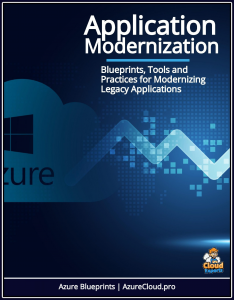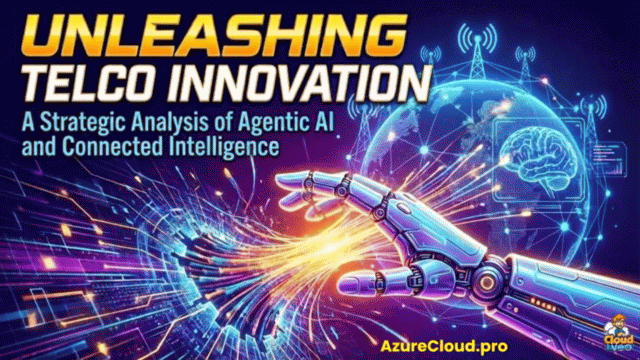 A principle challenge for large enterprise organizations embarking on their digital transformation journey is their legacy application estate.
A principle challenge for large enterprise organizations embarking on their digital transformation journey is their legacy application estate.
Many organizations still rely on legacy mainframe applications that were developed decades ago.
While these systems have served their purpose well, they often hinder digital transformation initiatives due to their outdated technology and architecture.
The Need for Modernization
Legacy Modernization refers to the software rejuvenation of older platforms like COBOL mainframes to new technologies such as Java. For many organizations they are harnessing the drive to Cloud as an opportunity to simultaneously also modernize the software too.
Modernizing old mainframe applications is essential for organizations looking to embrace digital transformation. Some key reasons include:
- Enhancing agility and flexibility: Legacy mainframe systems are rigid and difficult to modify, hindering the ability to respond quickly to market changes.
- Improving customer experience: Modern applications offer better user interfaces and functionalities, leading to enhanced customer satisfaction.
- Reducing maintenance costs: Maintaining outdated mainframe systems can be costly and time-consuming, draining resources that could be better utilized elsewhere.
- Enabling integration: Modernized applications can easily integrate with other systems and technologies, fostering collaboration and innovation.
Challenges of Modernization
Despite the benefits, modernizing old mainframe applications comes with its own set of challenges:
- Lack of skilled resources: Finding professionals with expertise in legacy systems and modern technologies can be challenging.
- Legacy system complexity: Decades-old mainframe applications often lack proper documentation, making it difficult to understand their intricacies.
- Data migration issues: Transferring data from legacy systems to modern platforms without compromising integrity and security is a complex process.
- Business disruption: Upgrading critical applications can disrupt operations if not carefully planned and executed.
Public Sector Legacy IT
One keynote sector facing these challenges is government, who operate a vast estate of applications that are decades old, and cost $ billions to maintain.
In the US, according to a report by the GAO, the government spent over $100bn on IT most of it operating and maintaining legacy systems. The GAO analyzed 65 federal legacy systems, and identified systems that were eight to 51 years old, with three agencies – the Department of Education, the Department of Health and Human Services, and the Department of Transportation – having no documented plans to modernize.
As The Register writes the UK government has committed to ending its reliance on legacy applications by 2025, describing how the costly issue of technical debt had been allowed to build up over multiple financial cycles and was now a barrier to the delivery of policy and services. Rishi Sunak blamed legacy IT for his decision not to increase social security payments.
It has plans to tackle their legacy IT, with a report identifying that half of it’s budget is spent simply to ‘keep the lights on’, cumulative annual costs of £2.3bn to maintain legacy IT.
Active efforts to achieve this include HMRC recently signing a £185m contract to modernize their estate, and the DWP one for £5m. The Scottish Government is seeking to appoint a dedicated executive to help tackle the challenge.
Cloud migration is one foundational element of this work; the HMRC reported 70% progress in moving 500-plus critical national infrastructure services to cloud hosting. Other methods of modernization include extending them via new applications. For example the DVLA is doing so via Dynamics 365.



